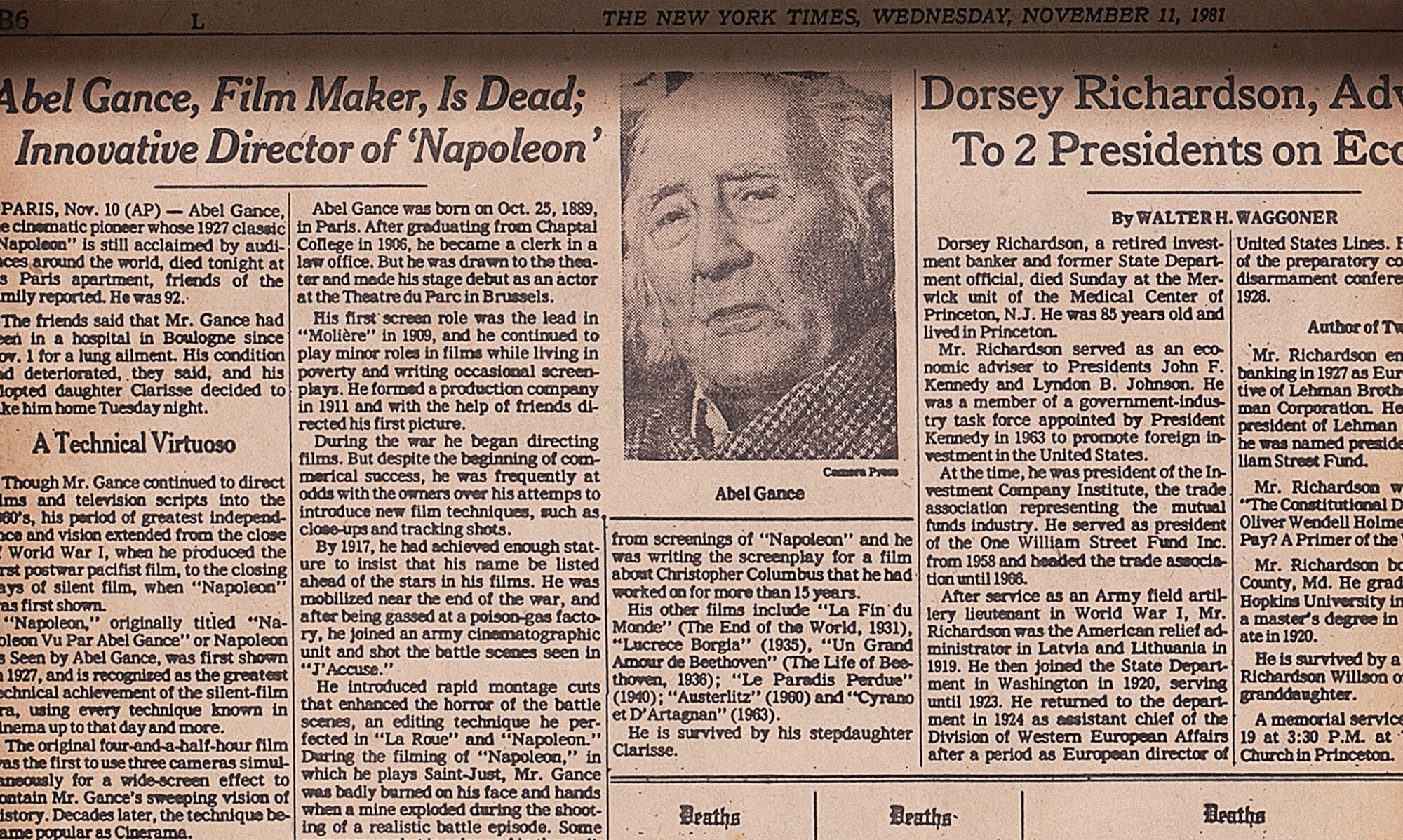Few artists have so rigorously and poetically distilled the passage of time into form as On Kawara. With NOV. 11. 1981, a work from his canonical Today series (1966–2014), Kawara suspends a moment in time with quiet intensity and meditative discipline. Rendered in his signature white Futura lettering against a field of luminous blue, this intimately scaled painting marks not only a date, but also a philosophical assertion of existence, consciousness, and presence.
Begun on January 4, 1966, the Today series, also known as the Date Paintings, comprises nearly 3,000 works, each recording the precise date of its creation. NOV. 11. 1981 belongs within this monumental undertaking, bearing witness to Kawara’s steadfast commitment to his conceptual parameters. The painting’s cerulean blue background, absorbing and immersive, contrasts with the crisp clarity of the date, which Kawara painstakingly painted by hand using stencils and multiple coats of white paint. If he was unable to complete a painting by midnight of the stated day, he destroyed it - an act that underscores the existential urgency embedded in his process.

The format is deceptively simple. Yet within this reductive frame lies a profound interrogation of time, being, and the structure of daily life. The date, rendered in the local language and typographic convention of the location where the artist was staying, transforms a seemingly mundane record into a deeply personal and universal statement. Though Kawara rarely offered contextual details or narrative content, the titles inevitably summon the viewer’s memory or imagination: where were we on November 11, 1981? What did the world look like? Who were we then? The painting becomes a silent interlocutor of time’s passing, as well as a relic of that day’s reality.
The choice of bright blue in this work is especially resonant. Kawara selected his background colors with care, often varying hues between paintings as a way of encoding emotional or perceptual nuance. The particular tone used here, vivid yet serene, evokes the expansiveness of the sky or the ocean, inviting a contemplative response. In its rich chromatic field, NOV. 11. 1981 transcends language to evoke presence beyond words: it is a meditative object, a record of a moment lived.
Kawara’s practice exists at the confluence of Conceptual Art, Minimalism, and Eastern philosophies of impermanence. While often associated with artists such as Sol LeWitt, Hanne Darboven, or Roman Opalka, each of whom also engaged time and seriality, Kawara’s approach remains singular in its discipline and existential resonance. He did not seek to document personal events or emotions; rather, he created a calendar of consciousness. His work does not simply narrate time, but exists as a relic of the moment.

Accompanying NOV. 11. 1981 is the obituary page from The New York Times, eternally memorialising those who passed on that date. Indeed, oncluded in many of the Today paintings is a handmade cardboard box, lined with newspaper clippings from the same date and place as the painting’s completion. These ephemeral materials ground the abstract date in lived reality, bridging the gap between personal experience and collective memory and suffusing the canvas with that same duality—intimate and global, fleeting and eternal.
Ultimately, NOV. 11. 1981 exemplifies Kawara’s lifelong project: to register existence not through grand gestures but through the accumulation of days, one after another. Each painting is a witness to life as lived—quietly, insistently, and meaningfully. In its restraint and precision, this work becomes not merely a painting of a date, but a record of being.